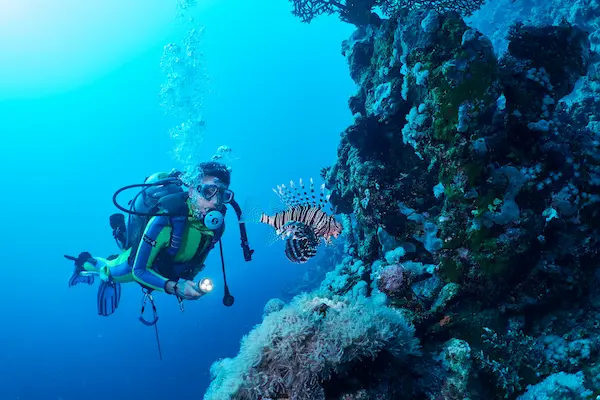Underwater exploration and adventure await you with scuba diving. It’s important to have the right equipment to make sure your experience is safe and fun. A diving regulator plays a crucial role in ensuring a diver can breathe comfortably and securely underwater, so it holds a special place among scuba gear. We’re going to talk about diving regulators and how they function as key parts of scuba gear in this article.
The Diving Regulator’s Purpose
It’s the diving regulator that delivers a constant supply of air from the scuba tank to the diver that’s at the center of scuba gear. Divers have a tougher time breathing directly from their tanks as they descend into the depths. Inhaling and exhaling effortlessly while maintaining a balance between air supply and surrounding water pressure is made easy by the regulator, which reduces high-pressure air in the tank to ambient pressure. This is why a scuba regulator is such a vital component.
Primary and Secondary Stages
The first and second stages of a diving regulator are typically separate.
First Stage – The first stage is connected directly to the scuba tank. By reducing the high-pressure air from the tank to an intermediate pressure, it delivers it to the second stage. There’s a variety of features on modern first stages, including environmental seals that prevent freezing in cold water.
Second Stage – The second stage, also known as the demand valve, is the part that the diver places in their mouth to breathe. The second stage’s valve opens when the diver inhales, allowing air to flow from the first stage into his lungs. The valve closes when the diver exhales, preventing water from getting into the regulator.
Inflator regulators for buoyancy control devices (BCDs) also come with extra stages, like octopuses (alternate second stages).
Maintaining Optimal Breathing Performance
Diving regulators need to be well-maintained to work properly underwater. In order to make sure the regulator works smoothly and delivers air consistently, it needs regular servicing and inspection. In order to prevent potential risks while diving, any signs of malfunction or damage should be addressed right away.
Pressure Balance and Comfort
A diving regulator keeps the diver’s pressure balanced while providing a continuous air supply. The system makes sure the air delivered is at the same pressure as the water around it, so there’s no discomfort or danger of lung injuries.
Safety and Reliability
Divers’ regulators are undoubtedly one of the most important safety components. When you have a good regulator, you can breathe without interruptions, so you can stay calm, focused, and in control underwater. Divers can explore marine environments with confidence and security when they trust their regulator.
Diving regulators are undeniably one of the most important pieces of scuba gear, providing comfort and safety for divers exploring the underwater world. With the diving regulator, divers breathe effortlessly, maintaining a proper balance with the surrounding water pressure by regulating air pressure and providing continuous air from the scuba tank.



